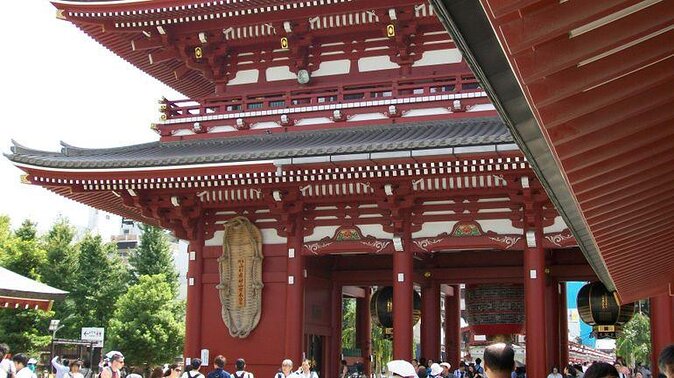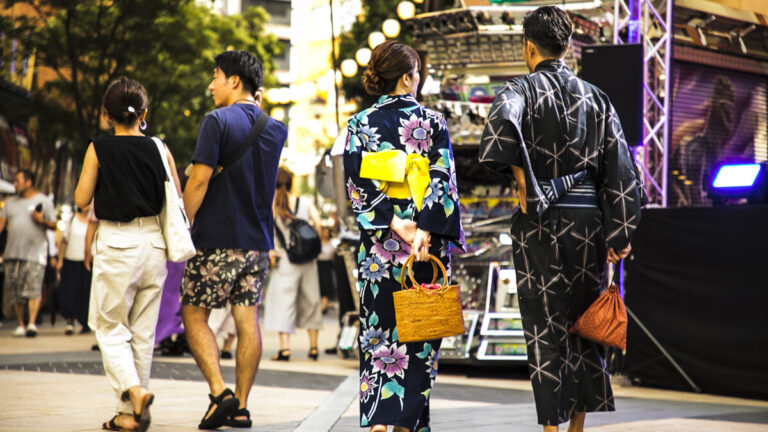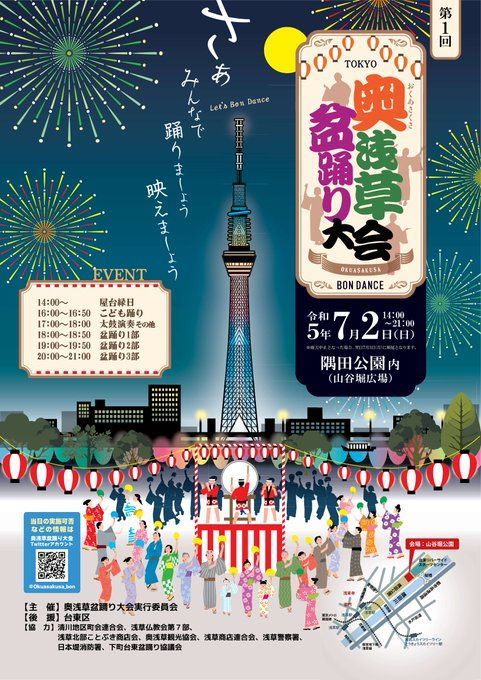Event Date: Mid September
The Akasaka Hikawa Festival, a religious ceremony of the Akasaka Hikawa Shrine, has been an intrinsic part of Japan’s culture since the Edo period.
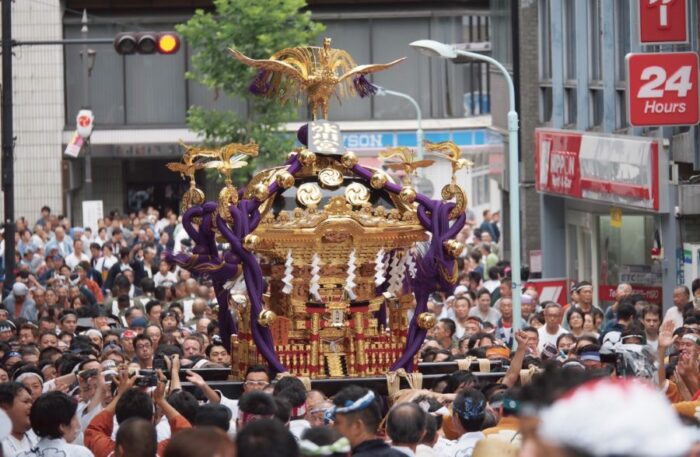
This festival was traditionally characterized by a parade where the shrine’s two Mikoshi (portable shrines) were escorted by 13 floats (Dashi) from 21 parishioner towns.
The Dashi Dolls

A standout feature of this festival is its eight unique Dashi dolls: the Monkey, Shoujou, Old Man, Minamoto no Yoriyoshi, Ebisu, Emperor Jinmu, a pair of standing old men, and Yamato Takeru.
These dolls, intricately crafted between the late Edo period and the modern era, are not just decorative pieces but rather serve as valuable historical markers. They provide profound insights into the evolution and intricacies of float doll-making in Edo and Tokyo.
Given their historical significance, in the fourth year of Reiwa, these Dashi dolls were designated as “Tangible Folk Cultural Properties of Minato Ward.” This recognition further underscores their importance in preserving the region’s rich cultural heritage.
Why the Akasaka Hikawa Festival is a Must-Visit

For those keen on witnessing a harmonious blend of history, culture, and art, the Akasaka Hikawa Festival offers a spectacle like no other. The parade, with its Mikoshi and historically significant Dashi dolls, is a beautiful reminder of Japan’s deep-rooted traditions juxtaposed against the backdrop of modern-day Tokyo. It’s more than just a festival; it’s a journey through time.
Akasaka Hikawa Festival During The Edo Period

Amidst the scorching heat and high humidity of the old June month (akin to today’s July), the Edo period was marked by rampant epidemics. The conditions made it easier for people to fall prey to illnesses. Wishing for these diseases to dissipate, festivals aimed at curbing epidemics were conducted across various shrines in Japan.
Tokyo’s Renowned Processions
During the Edo era, large-scale parades through parishioner areas were a hallmark of various festivals, with the iconic “Tenka-matsuri” of Sanno Hie and Kanda Shrines leading the charge. These grand parades, of which there were dozens, invariably attracted hoards of spectators, painting a vibrant picture of tradition and festivity.
Akasaka Hikawa: The Showstopper
The Akasaka Hikawa Shrine, under the protective umbrella of the Tokugawa Shogunate, hosted one of the grandest festivals of the era, only surpassed by the aforementioned two shrines. The “Tōto Saishiki,” a document from the late Edo period, describes the Akasaka Hikawa Festival as a massive celebration, comparable in scale to Sanno Gongen and Kanda Myojin.
Surrounding areas buzzed with excitement a day before the festival. On the main day, areas were cordoned off, and the spectacle featured two Mikoshi, 13 Edo-style Dashi (floats), entertainment parades, and costumed processions that transformed the vicinity into a festive haven.
For those curious about the grandeur, the splendid scenery is meticulously depicted in the “Festival Float Parade” artwork, housed within the shrine’s main hall.
An Affair Beyond Commoners
The Akasaka Hikawa Festival wasn’t just for town folks; it drew the samurai class’s attention too. The Sanada family of the Matsushiro clan, with residences south of the Akasaka Hikawa Shrine, celebrated by cooking “Akameshi” (red rice) for their upper and middle residence occupants.
On top of that, the town’s magistrate office ensured comprehensive security, deploying guards explicitly for the Sanno, Kanda, and Akasaka Hikawa Festivals. The Tokugawa Shogunate, too, considered these festivals exceptional, further underlining their significance.
Edo’s Third Great Festival
A look at the national festival grading artwork, “Shokoku O-matsuri Bantsuke,” reveals the Akasaka Hikawa Festival mentioned right after the Sanno and Kanda festivals. This reflects the general public’s recognition of the Akasaka Hikawa Festival as “Edo’s Third Festival,” solidifying its iconic status in Japan’s cultural tapestry.
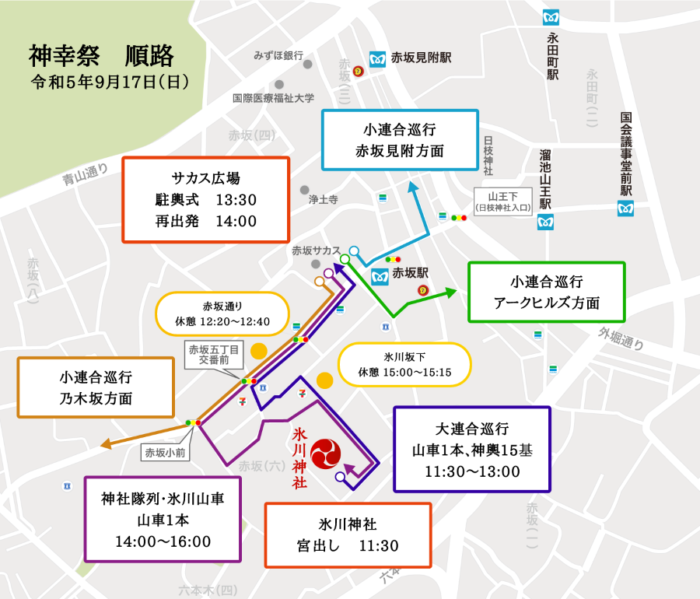
Where To Stay In Tokyo
Tokyo visitor levels are currently at an all-time high so make sure to book your hotels early. Tip most hotels booked with booking.com have free cancelation so book as soon as you know your date and you can always cancel if you change your mind.



